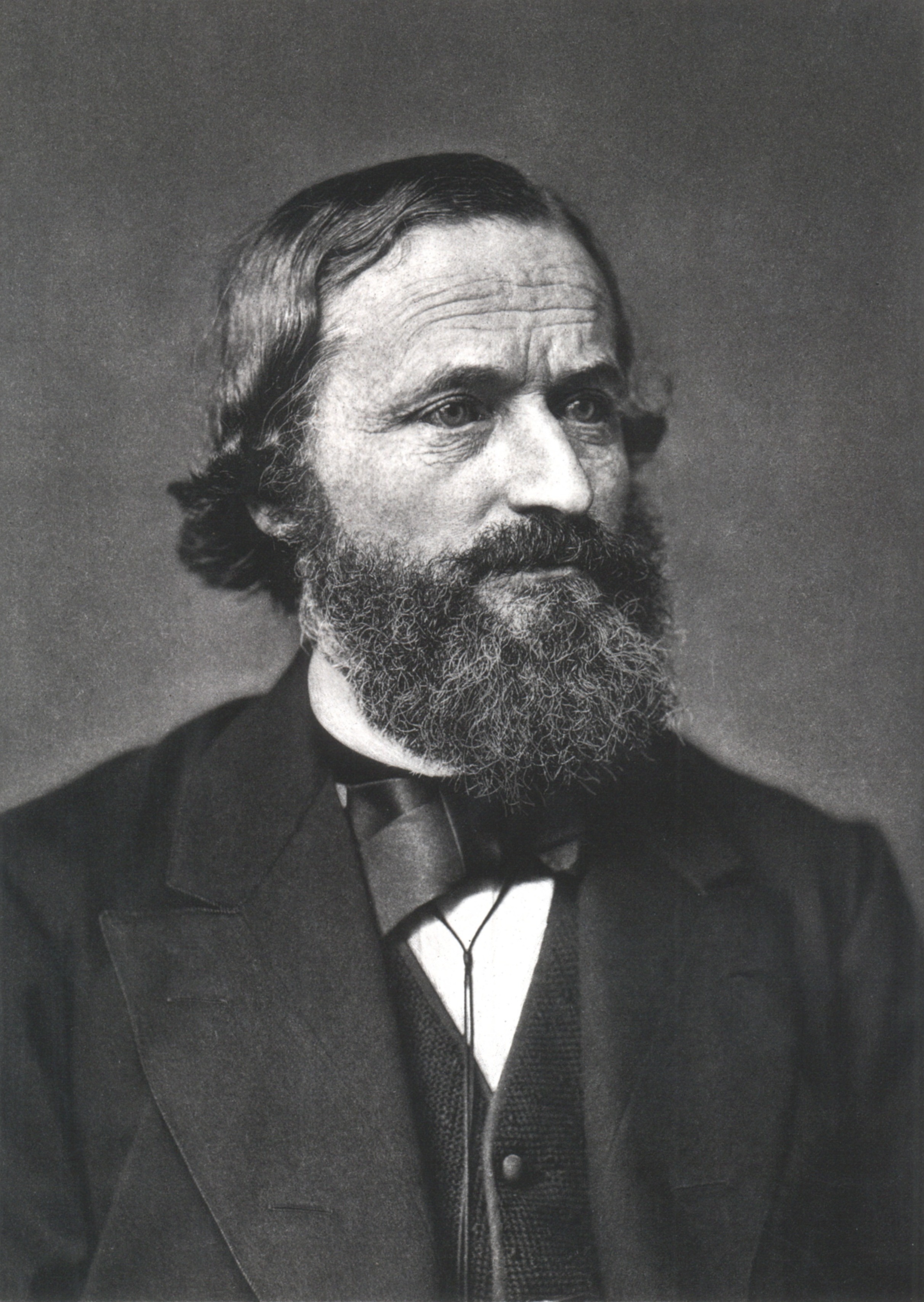Aerodynamics is a branch in physics studying the motion of an object and its interaction with air. The picture to the left shows the vortex created by an airplane due to the difference in pressure. A red smoke is usually used as an indicator to study the motion of air. The 2 sub-topics in aerodynamics fluid dynamics and gas dynamics.
 The glider depends heavily on the density of its medium. In air for example, the glider will glider further in a higher air density environment, because the more air particles the wings catch, the further it will glide. The aircraft's resistance to the airflow (drag) depends on the shape of the fuselage and flying surfaces. An aircraft that is intended to fly fast has a thinner and different wing profile than one that is intended to fly slower. That's why many aircraft change their wings' profiles on landing approach by lowering the flaps located at the wings' trailing edge and the slats at the leading edge in order to keep enough lifting force during the much lower landing speed.
The glider depends heavily on the density of its medium. In air for example, the glider will glider further in a higher air density environment, because the more air particles the wings catch, the further it will glide. The aircraft's resistance to the airflow (drag) depends on the shape of the fuselage and flying surfaces. An aircraft that is intended to fly fast has a thinner and different wing profile than one that is intended to fly slower. That's why many aircraft change their wings' profiles on landing approach by lowering the flaps located at the wings' trailing edge and the slats at the leading edge in order to keep enough lifting force during the much lower landing speed.









 d/t
d/t v/t
v/t D/t
D/t
 v/t
v/t
 v/t
v/t d/t
d/t
 d/t
d/t











